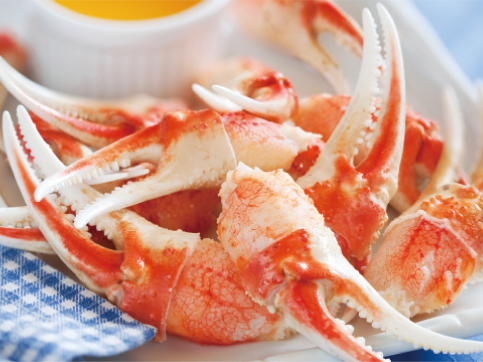
Normal saline is defined as 0.9w/v% sodium chloride in water. The concentration is important because it is very close to the salt concentration of the human body. Normal saline is used to wash injuries and to help replenish fluids or cleanse wounds.
On the other hand, for cooking, salt water is used to boil seafood and pasta. It is commonly said that the best way to cook pasta is to use boiling water with the same salinity as seawater, but in reality, the key to al dente is for the salinity to start at about 0.85% and change to 1% by the time the pasta is finished boiling.
When boiling crab, salt concentration is important in bringing out the best flavor, “umami.” In most cases, a salt level close to ocean salinity (3 to 4%) is used, with slight differences depending on the type of crab or the chef’s preference. Too much salt can ruin the taste of crab but too little salt will result in bland, flavorless crab.
Controlling salt levels to achieve the best flavor may appear like a simple task, yet it is critical. Why not take more control with an instrument that can quickly and accurately measure the salt level? The recommended instrument is PAL-03S.
Baby sardines and whitebait perish very quickly once caught, making the freezing storage method difficult. Soon after they are caught, heat processing is used to preserve the fish fresh. This is done by boiling the fish in lightly salted water. To manage salt concentration, PAL-03S is recommended.
Inline salt meters are available for customers that would like to automatically manage salt concentration. Please feel free to contact us for more details.
In the agricultural industry, salt water is used for seed selection. High quality seeds will sink, while low quality seeds will float. Different concentrations of salt water are used depending on the variety of seed. Once seeds are selected, they are washed in flesh water.



